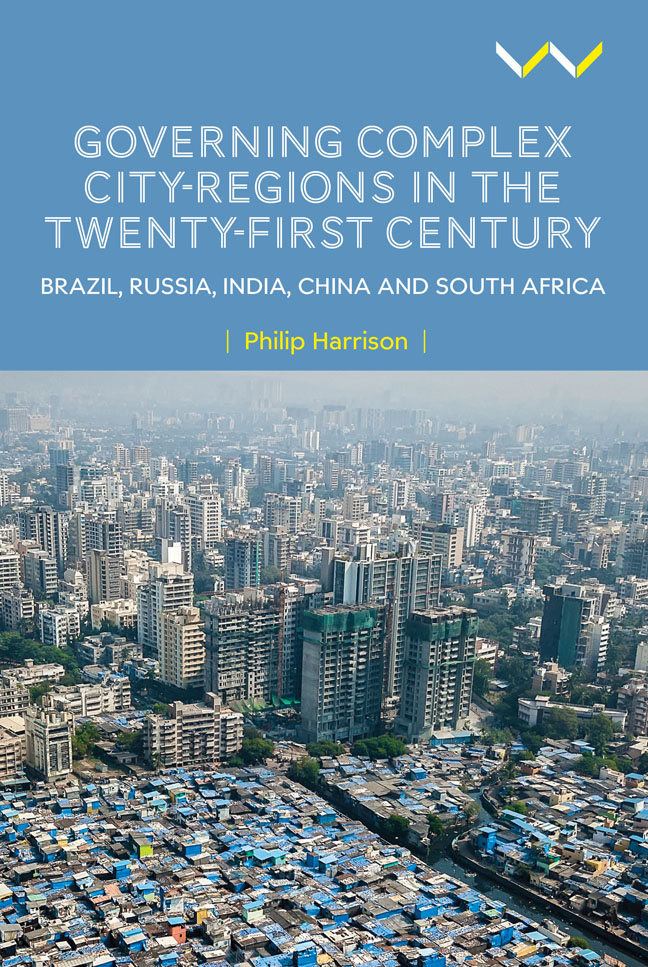 Governing Complex City-Regions in the Twenty-First Century
Governing Complex City-Regions in the Twenty-First Century Book contents
- Frontmatter
- Contents
- List of maps
- Preface
- Acknowledgements
- Acronyms
- Cartography
- Introduction: Exploring hyper-complexity
- 1 The global view: The city-region as material form, discourse and governmental practice
- 2 The governance of Brazil’s metropolitan regions
- 3 The governance of Russia’s urban agglomerations
- 4 Metropolitan and city-region governance in India
- 5 Governing the city clusters of China
- 6 City-region governance in South Africa
- 7 Concluding and comparative insights
- References
- Index
2 - The governance of Brazil’s metropolitan regions
Published online by Cambridge University Press: 02 March 2024
- Frontmatter
- Contents
- List of maps
- Preface
- Acknowledgements
- Acronyms
- Cartography
- Introduction: Exploring hyper-complexity
- 1 The global view: The city-region as material form, discourse and governmental practice
- 2 The governance of Brazil’s metropolitan regions
- 3 The governance of Russia’s urban agglomerations
- 4 Metropolitan and city-region governance in India
- 5 Governing the city clusters of China
- 6 City-region governance in South Africa
- 7 Concluding and comparative insights
- References
- Index
Summary
Introduction
The possibilities for collective action across Brazil’s mega agglomerations rest in the political cultures produced through Brazil’s 500 years of colonisation and decolonisation and, more immediately, in the political settlement reached in Brazil’s transition from military rule to democracy. Political cultures were initially forged within the context of absolutist state structures, mercantilism, the Catholic Church and a slave-based plantation economy and, later, within the context of post-colonial struggles to establish a modern democracy. A complex and hybrid political culture emerged, with many regional inflections.
This chapter begins with a brief account of the history in which contemporary initiatives are embedded, followed by a contextual overview of urban Brazil. It then provides a more detailed account of the evolving discourse and practice of metropolitan governance, focussing on Brazil’s three largest metropolitan regions – São Paulo, Rio de Janeiro and Belo Horizonte (Map 1). The main argument in the chapter is that Brazil’s political cultures and political settlement privilege a localist ideology that militates against metropolitan governance. However, the pragmatics of governance require forms of collaboration that have gradually evolved, although unevenly and with periodic setbacks. Some forms have been enabled by federal or state legislation, while others have emerged more organically from collaborative initiatives at the metropolitan or sub-metropolitan scales.
The historical embedding
By the end of the nineteenth century, Brazil’s large, plantation-based economy had produced a patchwork of regional oligarchies centred on powerful landowning families. These dynasties gave rise to regionally based political parties with networks of clientelism, allowing citizens to access the protection and services of government in exchange for their loyal support of the oligarchs. This practice of clientelism shaped a political system in which government officials were connected to regional and local bosses (coronéis) through a complex system involving a network of mutual obligations and traded favours (coronelismo) (Selcher 1989). However, there were counter trends, with modernising elites assembling around São Paulo from the late nineteenth century. A political settlement was reached in 1898 between the elites of São Paulo and the oligarchs in semi-peripheral states such as Minas Gerais and Rio Grande do Sul, with the far-flung regions held in check by this arrangement (Hagopian 1996). The monarchy had ended, and an oligarchical republic was in place, which returned some stability.
- Type
- Chapter
- Information
- Governing Complex City-Regions in the Twenty-First CenturyBrazil, Russia, India, China, and South Africa, pp. 49 - 70Publisher: Wits University PressPrint publication year: 2023
